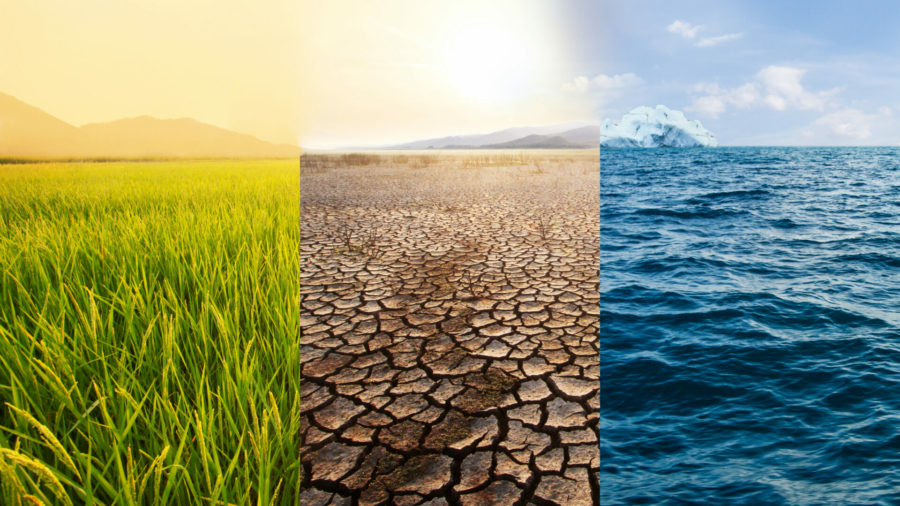Climate change is a topic that has gained significant attention in recent years, as the Earth’s climate continues to shift at an alarming rate. One of the most well-known aspects of climate change is global warming, which refers to the long-term increase in Earth’s average surface temperature. But what exactly is the science behind global warming?
The Greenhouse Effect
The greenhouse effect is a natural process that warms the Earth’s surface. When the sun’s energy reaches the Earth’s atmosphere, some of it is reflected back to space and the rest is absorbed and re-radiated by greenhouse gases. Greenhouse gases include carbon dioxide, methane, nitrous oxide, and water vapor. The re-radiated energy warms the atmosphere and the surface of the Earth.
Human Activities and Global Warming
While the greenhouse effect is a natural phenomenon, human activities have significantly increased the concentration of greenhouse gases in the atmosphere. The burning of fossil fuels, deforestation, and industrial processes have all contributed to the increase in greenhouse gas emissions. This has led to an enhanced greenhouse effect, resulting in higher temperatures and more extreme weather patterns.
Evidence of Global Warming
There is overwhelming evidence to suggest that global warming is occurring. Average global temperatures have been increasing since the late 19th century, with the last few decades being the warmest on record. The melting of glaciers, shrinking ice caps, and rising sea levels are all physical indicators of a warming planet. Scientists have also observed shifts in animal and plant habitats, earlier blooming of plants, and changes in precipitation patterns.
Impacts of Global Warming
Global warming has far-reaching impacts on the environment, human health, and economies. Rising temperatures can lead to more frequent and severe heatwaves, droughts, wildfires, and storms. Sea-level rise can lead to coastal flooding and erosion, threatening homes and infrastructure. Changes in weather patterns can also disrupt agriculture and food production, leading to food shortages and price spikes.
Mitigating Global Warming
Addressing global warming requires collective action to reduce greenhouse gas emissions and transition to renewable energy sources. Governments, businesses, and individuals can all play a part in mitigating climate change. Energy efficiency measures, expanding public transportation, investing in clean energy technologies, and promoting sustainable practices are all steps that can help to reduce emissions and limit the impacts of global warming.
In conclusion, global warming is a real and urgent threat that requires immediate action. Understanding the science behind global warming is crucial in order to address this issue effectively. By working together to reduce emissions and protect our planet, we can help to mitigate the impacts of climate change and create a more sustainable future for generations to come.

